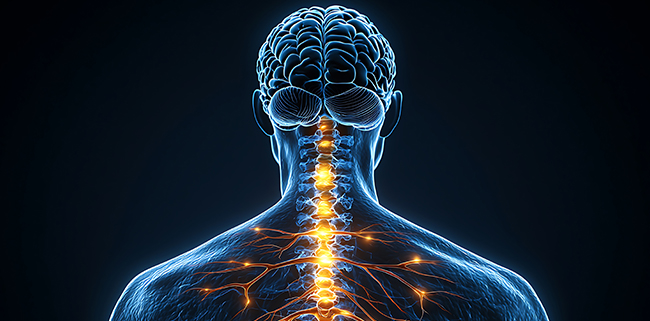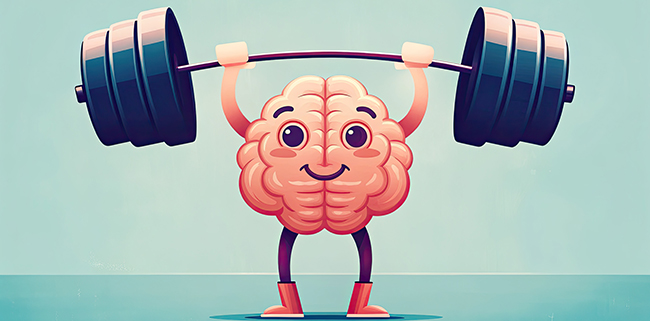New research is revealing that when chiropractors adjust the spine, they can actually help your muscles perform more efficiently.
Your spine does more than support your body — it plays a vital role in how your brain controls muscle strength and endurance.
The Spine-Muscle Connection
A major review, published in the European Journal of Applied Physiology by Dr. Heidi Haavik and colleagues1, brings together decades of research on how the spine and brain work together to control movement. The study looks at what happens when chiropractors deliver a quick, gentle thrust to a spinal joint (what’s called a “high-velocity, low-amplitude” adjustment).

Your spine is more than a stack of bones. From athletes chasing peak performance to older adults wanting to stay strong, muscle efficiency matters for everyone.
Groundbreaking research now shows that chiropractic adjustments can fine-tune the way the nervous system controls your muscles. The spine isn’t just a column of bones holding us upright. Each joint is packed with sensors that constantly feed information to the brain. This information tells your nervous system where your body is in space and how your muscles should move.
What disrupts the signal to your brain?
Life takes its toll — stress, poor posture, pain, or injury can cause certain spinal joints to stop moving properly. This disrupts the signals your brain receives, because when these spinal joints become stiff or don’t move properly, the sensors don’t send accurate signals to your brain. Researchers call this a central segmental motor control problem — a bit of a mouthful, but in simple terms, it means the brain is no longer getting the best input from the spine.
Your chiropractor calls this a vertebral subluxation – also a mouthful, but science is unlocking the secrets of why you need to know about them.

What adjustments do
Chiropractors use quick, precise movements that stretches the small muscles surrounding the dysfunctional spinal bones. This is called an adjustment (that familiar “click” or “pop”). According to the review, these adjustments help
- More muscle power
- Faster muscle reactions
- Less fatigue
- Brain boost and recalibration
Why this matters?
Adjustments appear to “reset” how the brain processes movement – improving efficiency. This also seems to have widespread effects on the body as the brain recalibrates. For athletes, this could mean a real performance boost. For older adults, it might mean maintaining strength and reducing fall risk. And for anyone under daily stress, it can help fine-tune how efficiently the body functions and adapts.
References
- Haavik, Kumari, Holt, Niazi, Amjad, Pujari, Türker, and Murphy. 2021. The contemporary model of vertebral column joint dysfunction and impact of high-velocity, low-amplitude controlled vertebral thrusts on neuromuscular function. European Journal of Applied Physiology, 121(10), pp.2675-2720.
Acknowledgments
- Dr. Heidi Haavik – BSc(Physiol) BSc(Chiro) PhD
- Dr. Kelly Holt – BSc, BSc(Chiro), PGDipHSc, PhD
- Dr. Jenna Duehr – BChiro, BHSC (Nursing), MHSc

